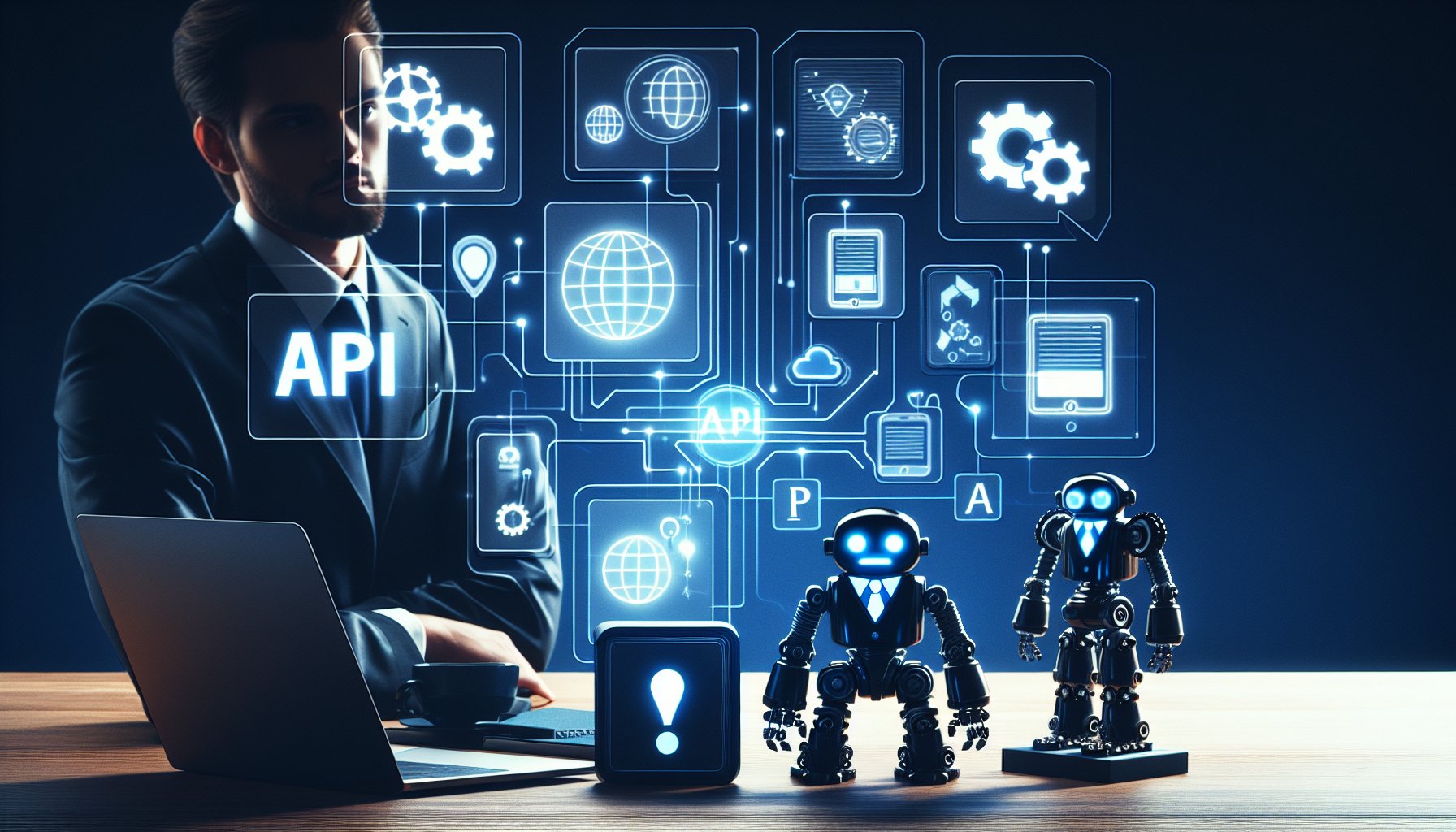Introduction
As the digital world evolves at a breakneck pace, so too does the realm of API development. This evolution has seen the rise of new trends, tools, and technologies that are shaping the future of how we build and interact with APIs.
The Emergence of Microservices
Microservices have emerged as a dominant architectural style for building modern, scalable, and flexible APIs. By decomposing an application into a collection of loosely coupled services, developers can deliver complex solutions that are easier to build, maintain, and scale.
Microservices and API Development
In the context of API development, microservices offer a way to create APIs that are more resilient, adaptable, and scalable. For example, consider an e-commerce platform. Instead of building a monolithic API, the platform could be broken down into multiple microservices, each responsible for a specific functionality like inventory management, customer service, or payment processing. This modular approach not only makes the API more manageable but also enables faster development and deployment cycles.
Serverless Computing
Serverless computing is another trend shaping the future of API development. This cloud computing model allows developers to build and run applications without having to manage servers. It offers a way to significantly reduce operational complexity and cost, while improving scalability and performance.
Serverless APIs
In the context of API development, serverless computing can be used to build APIs that are dynamically scalable and highly efficient. With serverless APIs, developers can focus on the code and functionality of the API, leaving the infrastructure management to the cloud provider.
GraphQL: A New Paradigm in API Development
While REST APIs have been the de facto standard for web-based API development, GraphQL is rapidly gaining traction as a powerful alternative. GraphQL allows clients to specify exactly what data they need, reducing over-fetching and under-fetching issues common with REST APIs.
Building APIs with GraphQL
GraphQL APIs offer several advantages over REST APIs. They provide a more efficient data fetching process, a strong type system, and a powerful query language that enables clients to request exactly what they need. This can significantly improve the performance of your APIs and make them easier to use.
Conclusion
As we look towards the future of API development, it's clear that new trends and technologies will continue to emerge. By staying abreast of these developments and leveraging tools like microservices, serverless computing, and GraphQL, developers can build APIs that are more powerful, efficient, and scalable. The future of API development is here, and it's shaping up to be an exciting journey.
Remember, the key to harnessing these emerging trends is continuous learning and adaptation. Make a commitment to stay current and explore new tools and technologies as they emerge. The digital world waits for no one, and the most successful API developers will be those who adapt, innovate, and embrace the future.